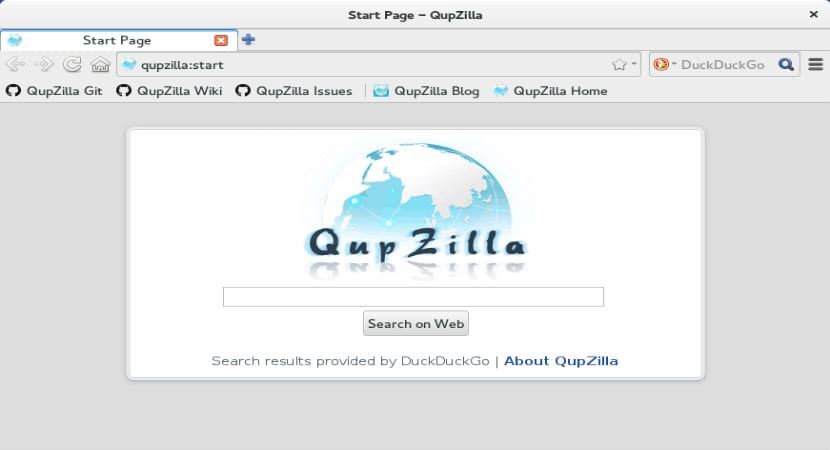

- #Sync qupzilla and chrome how to
- #Sync qupzilla and chrome install
- #Sync qupzilla and chrome download
If there are no browsers defined, Psd will sync all supported browsers. You can add as many as browsers you wanted by mentioning them space-separated. Now edit the psd configuration file: $ nano /home/sk/.config/psd/psd.confįind the BROWSERS line, uncomment it by removing the # symbol and add your browsers separated by spaces. First time running psd so please edit /home/sk/.config/psd/psd.conf to your liking and run again. This will create psd.conf file in /home/$USER/.config/psd/ directory. Sync Browser Profile Into Tmpfs (RAM) In Linux Using Profile-sync-daemonįirst, create Psd configuration file by running command: $ psd Go to this location and backup the entire firefox folder and keep it a safe a location.Īlso, the refer Firefox's official documentation page to backup and restore profiles.įor other browsers, refer their official documentation. In Linux desktops, Firefox profile folder will usually be stored in ~/.mozilla location. So if Firefox is crashed or something went wrong, you can easily restore the profile folder. It is usually stored in a separate location other than your Firefox installation directory. For instance, if you're using Mozilla Firefox, all your bookmarks, saved passwords, extensions and plugins are stored in a special folder called Profile.
#Sync qupzilla and chrome install
Installing from source usually like below: $ make $ sudo make install Backup browser profilesīefore start using Psd in the first time, it is highly recommended to backup your browser's profile.
#Sync qupzilla and chrome how to
Refer the INSTALL text document included in the installation file to know how to install it.
#Sync qupzilla and chrome download
On other distributions, make sure you have the following dependencies installed:Īnd then download the Profile-sync-daemon latest version from the releases page and install it manually.

On Fedora 31/30, CentOS 8 and other distributions that have DNF installed: $ sudo dnf copr enable szasza/Profile-sync-daemon $ sudo dnf install profile-sync-daemon On Debian Sid/10/ 9, Ubuntu 19.10/18.04: $ sudo apt install profile-sync-daemon On Arch Linux and its variants like Manjaro Linux, install Psd using Pacman like below. Good thing is it is available in the official repositories of some Linux distributions. Since Profile-sync-daemon is just Bash script, it can be installed on many Linux distributions.


 0 kommentar(er)
0 kommentar(er)
